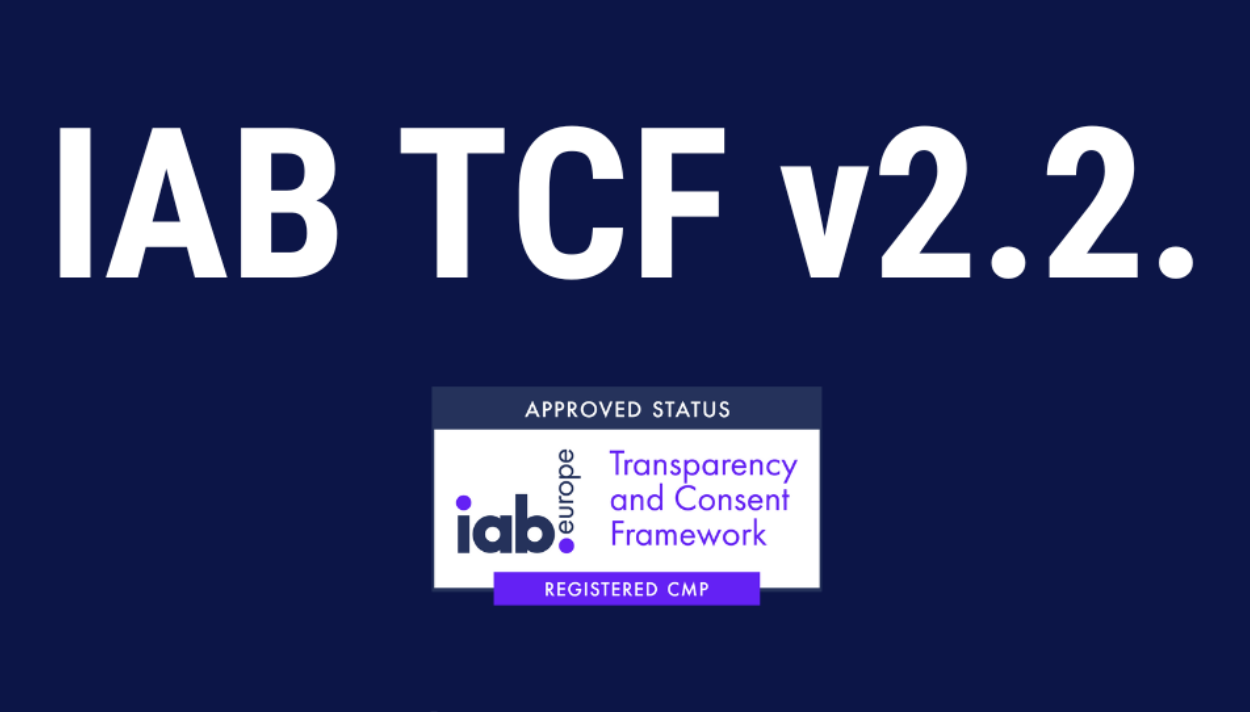Mobile marketers and measurement partners are used to adapting to Apple’s evolving iOS and privacy standards.
Expectations were set with the first StoreKit Ad Network (SKAN) framework introduced in 2018. Now the industry is faced with adopting SKAN 4 to unlock the latest capabilities, from more measurement windows to new conversion values.
But despite the recent news about a bug messing with SKAN 4’s conversion values, marketers shouldn’t hesitate to adopt it. The bug was fixed with iOS 16.6, and adoption of new iOS versions tends to be high. So there’s no need to revert to SKAN 3, especially since both SKAN 3 and 4 can run simultaneously for now.
In fact, it’s an ideal time for advertisers to explore the potential of SKAN 4 without any negative impact on their SKAN 3 campaigns, and advertisers can still optimize their iOS campaigns using SKAN 3 postbacks.
To get the most out of SKAN 4 and prepare for future advancements, advertisers should focus on these four areas: updating the in-app SDK, setting up a SKAN 4 configuration for conversion values, using source identifiers and exploring web-to-app attribution.
Updating the SDK
Advertisers should implement a SKAN 4-ready SDK in their mobile apps and set up conversion value mapping. This will allow the framework to report attribution and in-app behavior across SKAN 4’s three measurement windows.
Compared to SKAN 3’s single measurement window, which covered just 24 hours after an app is installed, SKAN 4 provides three segments of data from different time periods up to 35 days post-install. This adds transparency to the attribution of down-funnel actions.
But you need to update your SDK to make the most of what these windows can tell you about campaign performance.
Coarse conversion values
Increased measurement windows and more flexible conversion values will unlock new data for campaigns.
For example, apps that focus on lifetime value from in-app purchases, subscriptions or ad revenue want to measure revenue-related behavior. And apps looking to drive off-mobile revenue or generate revenue beyond the measurement window want to evaluate early in-app engagements to determine whether they hint toward late-stage conversions. Coarse conversion data could be immensely valuable here.
Apple communicates some of its three postbacks depending if the privacy threshold requirements are met.
Coarse grain data breaks down into three segments: high, medium and low. Once an app identifies user behaviors that impact engagement and revenue, those actions get assigned to high, medium and low coarse conversion values in each postback window. Advertisers can map that data to assess how campaigns are performing, understand patterns in down-funnel actions, inform optimizations and identify users with high lifetime value.
These coarse values are a welcome alternative to SKAN 3’s dreaded “null” value triggered when Apple’s privacy thresholds aren’t met (i.e., if there aren’t enough conversions).
But they require their own configurations. Just like the fine values ranging from 0 to 63 provided in the first postback, it’s crucial to assign meaning to each of your coarse values. This ensures they’re tracking specific behaviors related to engagement, retention, revenue or other measurement goals.
You can even configure different coarse conversion values for each of the measurement windows. These can track anything from tutorial completion to shopping cart checkout.
Targeting and attribution
Apple’s latest source IDs replace and expand on SKAN 3’s campaign IDs. While campaign IDs had just two digits, source IDs can have four digits in the first postback if privacy thresholds are met, increasing the number of campaigns that network partners can run from 100 to 10,000.
This will enable new levels of audience segmentation and geotargeting, allowing advertisers to understand how different versions of their campaigns are performing in different markets.
But advertisers have to prioritize ad exposure and volume of installs to meet the privacy threshold. Campaigns need an audience pool large enough to ensure individual impressions can remain anonymous to enable fine conversion values and four-digit source IDs. And how many conversions you need to clear the threshold can vary widely.
Web-to-app attribution and more
There are other new features in SKAN 4 – notably web-to-app attribution that allows advertisers to run web campaigns and get mobile attribution data from Apple on which online ads drive users to specific apps.
And the lockWindow feature allows advertisers to finalize a conversion value at any point within each measurement window. However, it’s unclear where the industry will fall on best practices for its implementation. And with the potential for data gaps, it’s best not to focus on this too much so early in SKAN 4’s adoption.
While SKAN 4 might seem like a lot to tackle, it’s the necessary next step for mobile marketers and measurement partners to gain more transparency into user behavior and campaign performance on iOS.
And its adoption will set the stage for a smooth future transition to SKAN 5, which Apple has confirmed will offer enhanced measurement capabilities around reengagement.
“Data-Driven Thinking” is written by members of the media community and contains fresh ideas on the digital revolution in media.




